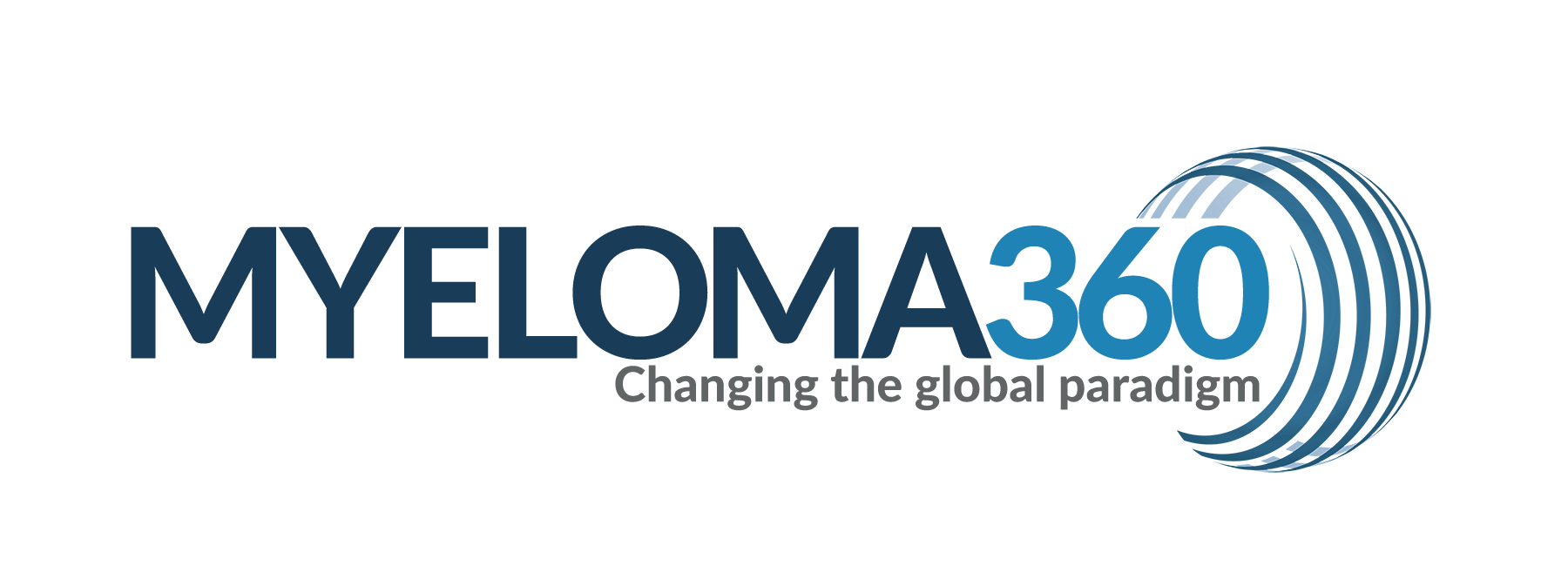Hematology. 2025 Dec;30(1):2462249. doi: 10.1080/16078454.2025.2462249. Epub 2025 Feb 6.
ABSTRACT
BACKGROUND: The current study aimed to compare treatment responses, the incidence of the need for auto-HSCT, and the occurrence of specific adverse events (AEs) between VTD and velcade, VRD induction regimens in patients with transplant-eligible newly diagnosed multiple myeloma (NDMM).
METHODS: This systematic review and meta-analysis included 15 studies: six evaluating the VTD regimen and nine evaluating the VRD one. The primary endpoints were response rates after induction therapy and the incidence of a need for autologous hematopoietic stem cell transplantion (auto-HSCT) between the groups. We also examined the occurrence of grade 3 or 4 hematological, infection, and thrombotic AEs in both groups.
RESULTS: The VTD group showed an overall response rate (ORR) of 93%, while the VRD group had an ORR of 86%. The very good partial response (VGPR) rates were 61% in the VTD group and 60% in the VRD one. The auto-HSCT rate was higher in the VTD group, averaging 93% compared to 70% in the VRD one. The incidence of grade 3 or 4 hematological AEs was 31% for VTD and 33% for VRD. The rates of grade 3 or 4 infection-related AEs were 9% in the VTD group and 14% in the VRD one. The incidence of grade 3 or 4 thrombotic AEs was 4% for VTD and 3% for VRD.
CONCLUSIONS: With comparable safety profiles, VTD and VRD induction therapies are similarly effective for transplant-eligible NDMM, showing similar ORRs and VGPR rates.
PMID:39913258 | DOI:10.1080/16078454.2025.2462249
